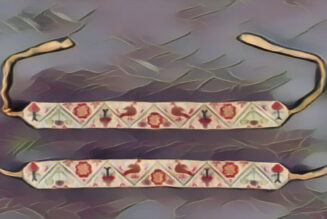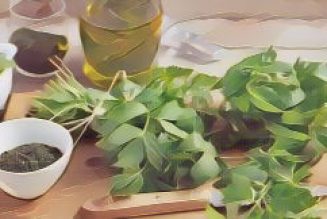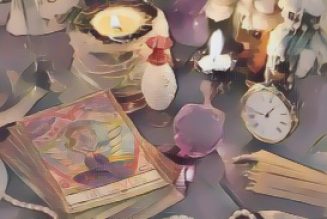Arnica, with its radiant golden-yellow petals and daisy-like appearance, stands out among the wildflowers of mountainous meadows. This perennial herb, belonging to the Asteraceae family, typically grows to about one to two feet tall, with soft, hairy stems and oval-shaped, slightly toothed leaves that cluster near the base. Its blossoms, often perched atop slender stalks, emit a subtle, earthy fragrance and attract bees and butterflies alike, playing a vital role in the ecosystem as a pollinator plant. Arnica thrives in alpine and subalpine regions, favoring well-drained, rocky soils and open, sunlit spaces where the air is crisp and cool. Its bright blooms are a familiar sight in high-altitude fields across Europe and North America, easily distinguished by their vibrant color and the way they seem to glow against the green backdrop of the mountains. The plant’s Latin name, Arnica montana, hints at its mountainous origins, and it has been revered for centuries by those who dwell in these rugged landscapes.
Throughout history, Arnica has held a special place in both folk medicine and the magical traditions of Europe. In the Middle Ages, Arnica was often called “mountain tobacco” and was believed to possess the power to draw down the energy of the sun, making it a symbol of vitality and life force. Healers and wise women would gather Arnica at dawn, believing that the first rays of sunlight imbued the flowers with extra potency. In some regions, it was customary to harvest Arnica on the summer solstice, when its solar energy was thought to be at its peak.
In witchcraft and folk magic, Arnica is renowned for its powerful healing and protective properties. Traditionally, Arnica was used to soothe bruises, sprains, and muscle pain, but its magical uses extend far beyond the physical. The plant is believed to radiate a strong protective aura, making it a favorite for warding off negative energies, hexes, and ill fortune. In some traditions, Arnica was hung above doorways or placed in sachets to keep evil spirits and misfortune at bay. Farmers would scatter Arnica around their fields to protect crops from storms and hail, and some believed that placing Arnica in the home could prevent lightning strikes. In German folklore, Arnica was sometimes called “thunder herb,” and it was said that burning the dried flowers during a thunderstorm would drive away the forces of chaos and restore harmony.
In spellwork, Arnica is a versatile ally. For healing rituals, dried Arnica blossoms can be added to sachets or charm bags, often combined with other herbs like lavender or rosemary to amplify their restorative power. Bathing with Arnica-infused water is believed to cleanse the aura, promote physical and energetic recovery, and help release emotional pain. Some witches burn Arnica as an offering to invoke strength, resilience, and the courage to overcome adversity. To create a protective barrier, sprinkle dried Arnica petals in a circle around your ritual space or home, visualizing a golden shield of light forming in response. For emotional healing, write your worries or sorrows on a piece of paper, wrap it with Arnica blossoms, and bury it in the earth, asking the plant’s spirit to transform your pain into wisdom and growth.
Legends tell of mountain spirits who would reveal themselves to those who honored Arnica, offering guidance and protection in times of need. In some tales, Arnica was believed to bloom wherever a lightning bolt struck the earth, marking the spot as sacred and charged with powerful energy. Whether you’re seeking to heal, protect, or empower yourself, Arnica’s magickal properties make it a valuable ally on your witchcraft journey. Always remember, though, that Arnica should never be ingested, as it can be toxic—use it only in external rituals and spellwork. Embrace the golden energy of Arnica, and let its ancient wisdom guide your path, connecting you to the enduring strength of the mountains and the radiant power of the sun.



















